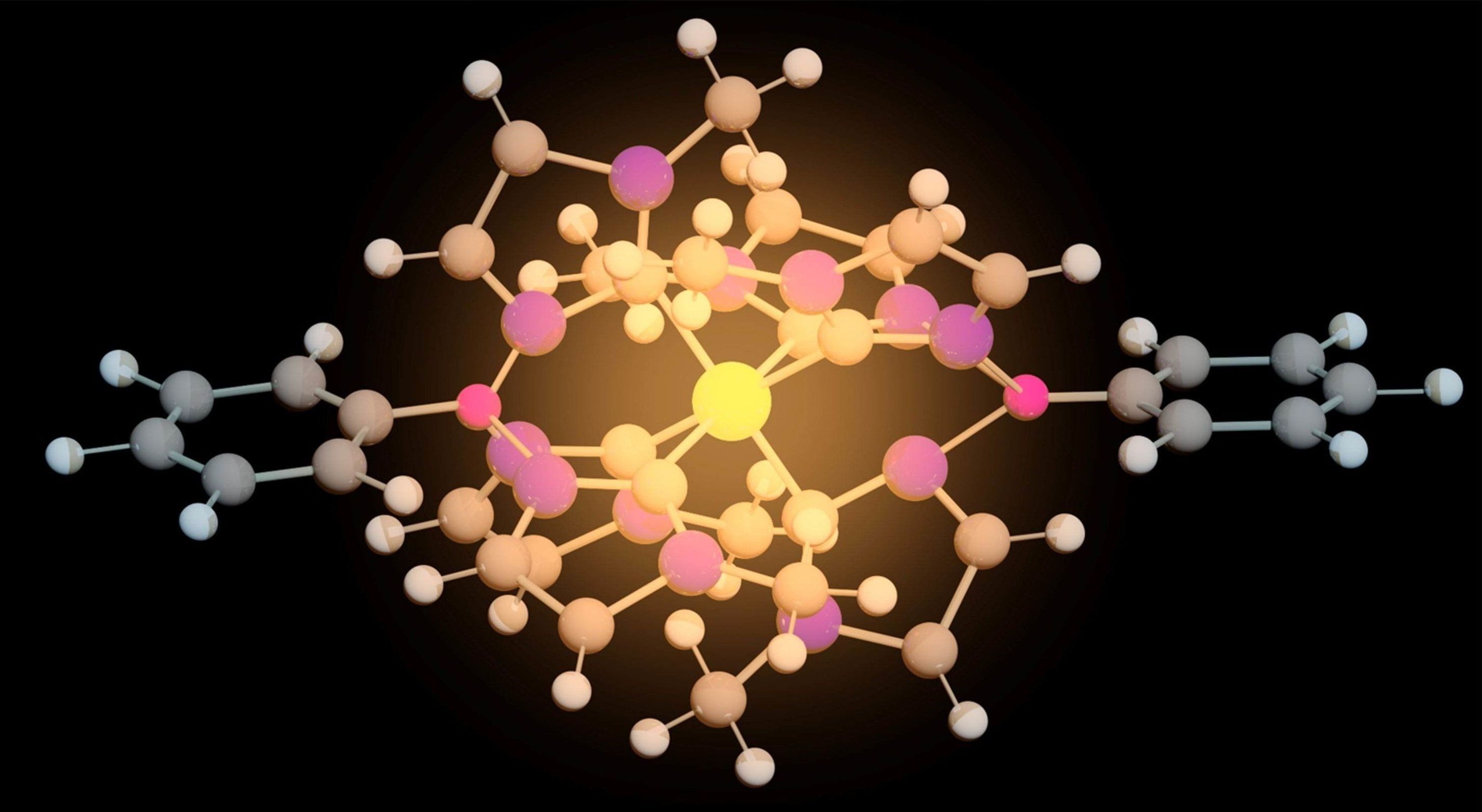- Once dismissed as a “party drug,” ketamine is emerging as a potential alternative treatment for depression.
- A growing list of academic medical centers now offer the drug, including Columbia University, which began offering ketamine to patients with severe depression this fall.
- Ketamine works differently from common antidepressants like Celexa or Prozac and has been called “the most important discovery in half a century.”
- Pharmaceutical companies, including Allergan and Johnson & Johnson, are also working on developing blockbuster antidepressants inspired by ketamine.
Ketamine, a drug once associated with raucous parties, bright lights, and loud music, is increasingly being embraced as an alternative depression treatment for the millions of patients who don’t get better after trying traditional medications.
The latest provider of the treatment is Columbia University, one of the nation’s largest academic medical centers.







